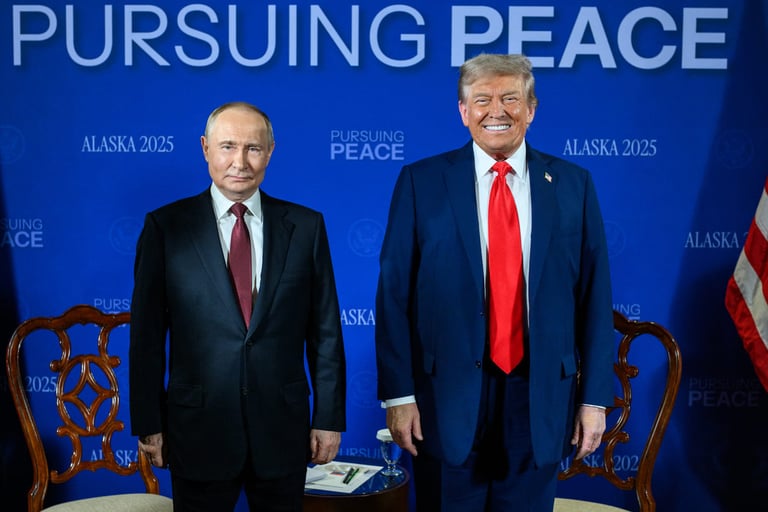The odds of a global recession this year have risen from 40 percent to 60 percent following U.S. President Donald Trump’s latest reciprocal tariffs, according to J.P. Morgan.
“Disruptive U.S. policies has been recognized as the biggest risk to the global outlook all year,” J.P. Morgan strategists said in a note on Thursday, adding that the trade policy has turned less business-friendly than anticipated.
Inflation risks emerge
On Wednesday, Trump imposed a 10 percent baseline tariff on all imports to the U.S. and higher duties on several other countries. Among the most prominent countries hit by the tariffs are China at 34 percent, the European Union at 20 percent, Vietnam at 46 percent, Taiwan at 32 percent, India at 26 percent and Japan at 24 percent. Canada and Mexico, the two largest U.S. trading partners, already face 25 percent tariffs on many goods and will not face additional levies from Wednesday’s announcement.
The latest tariffs targeting over 180 countries and territories could raise inflation, impact economic growth, and escalate trade tensions on a global scale, analysts noted.
“The effect of this tax hike is likely to be magnified through retaliation, a slide in U.S. business sentiment, and supply chain disruptions,” stated Bruce Kasman, chief global economist, J.P. Morgan.
Tariffs to slow down economic growth
A recession in the U.S. could spill over to the rest of the world. J.P. Morgan analysts added earlier that the tariffs will result in a 0.5 percentage point drag on 2025 U.S. and global GDP.
“The tariffs established during President Trump’s administration, expected to generate around $700 billion in revenue annually, have significant implications for both global and regional trade,” stated Vijay Valecha, chief investment officer, Century Financial.
The brokerage said that the new set of tariffs could undermine the view that the Trump administration will maintain a business-supportive policy stance, creating a large shock to business sentiment. The impact of the tariffs will also likely be felt in consumer confidence and manufacturing expectations.
In addition, trade policy uncertainty could weigh on activity growth, while the tariffs that have already come into force — including those on steel and aluminum — could stoke headline inflation, resulting in a corresponding drag on consumer purchasing power.
“The U.S. and global economies will not suffer a depression, but they will suffer serious recessions. The recession will hit imminently and extend until next year. Real GDP will fall close to 2 percent peak to trough, and unemployment will increase from its current 4 percent to 7.5 percent at its peak next year,” stated Mark Zandi, chief economist at Moody’s Analytics.
Read| U.K. targets U.S. imports: List of products facing tariffs
J.P. Morgan sees two rate cuts this year
Barclays and Deutsche Bank also warned that the U.S. economy will face a higher risk of a recession this year if Trump’s new charges remain in place.
Goldman Sachs also echoed this sentiment, raising its recession probability from 20 to 35 percent in the next 12 months. The firm also slashed its 2025 GDP forecast to just 1 percent and projected a rise in the unemployment rate to 4.5 percent. “The increase in our recession probability reflects the sharp deterioration in household and business confidence in the outlook over the last month,” Goldman’s report stated.
Goldman Sachs also expects core inflation to reach 3.5 percent by the end of 2025, up from a previous estimate of 3 percent. Higher tariffs are expected to drive up consumer prices, with the cost of goods rising across multiple sectors.
J.P. Morgan reiterated its forecast of two 25-basis-point rate reductions by the Federal Reserve in June and September this year. Meanwhile, investors expect a total of four rate cuts in 2025, according to LSEG data.








